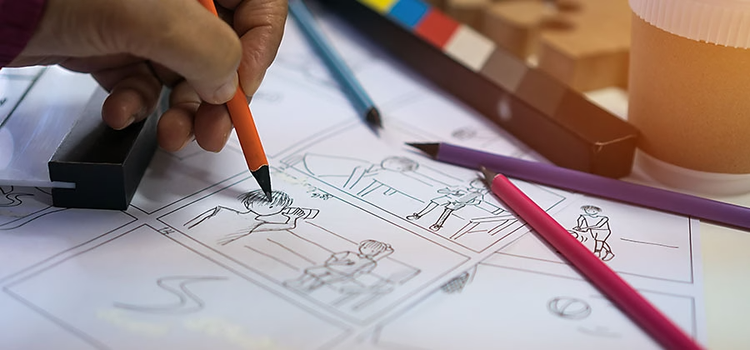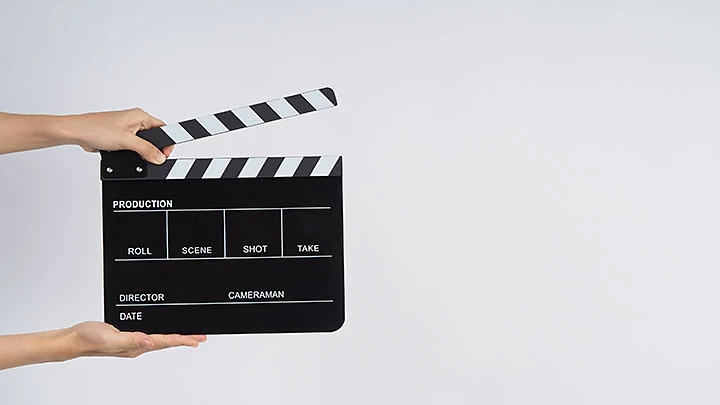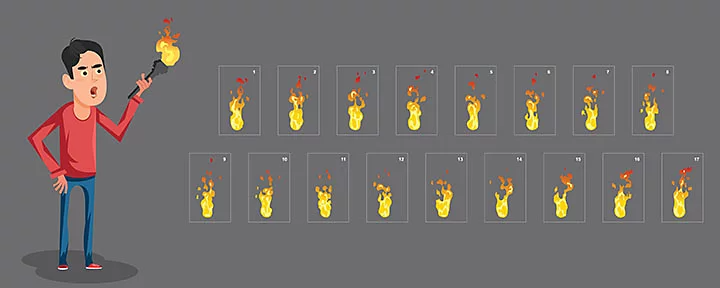Animation FEATURES
Cel (or traditional) animation explained: definition, types and methods.
Disney delighted generations of fans with its cel animation films throughout the 20th century. The hand-drawn traditional animation technique revolutionised the look and feel of cinema. But what is cel animation all about and how does it work? Get the full lowdown with our expert guide.





